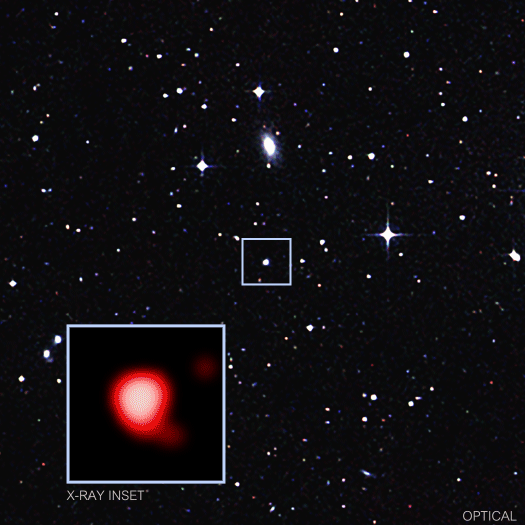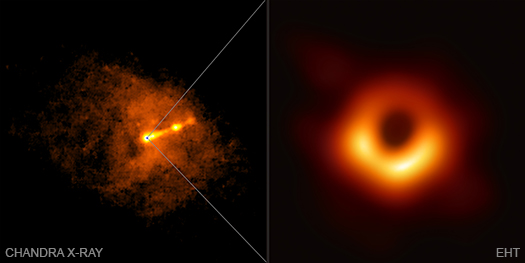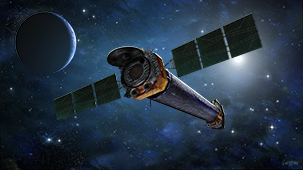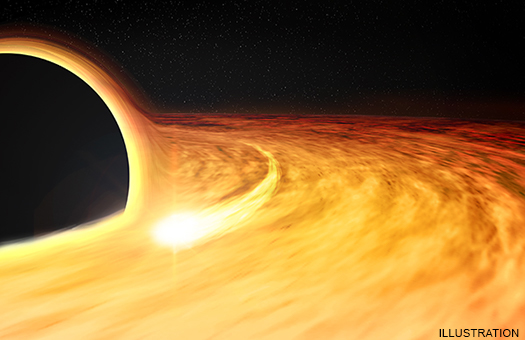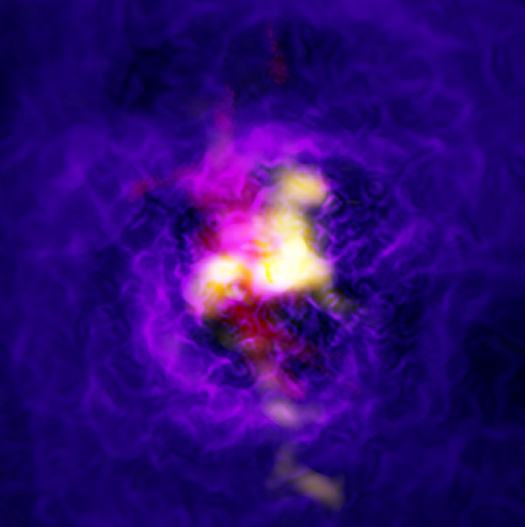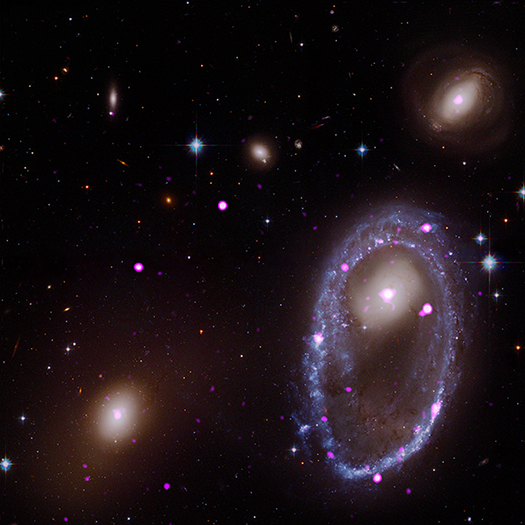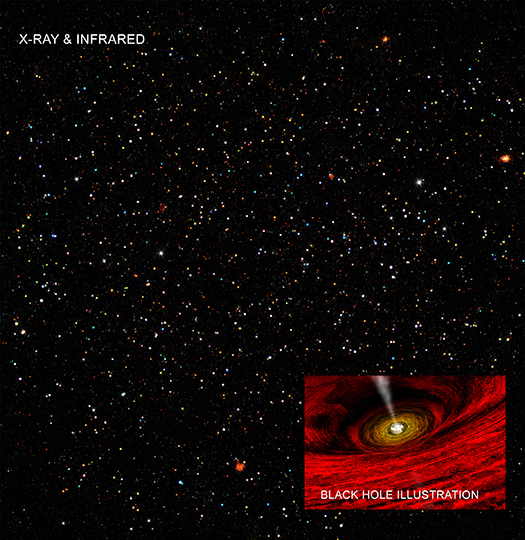Let’s Talk About Black Holes
Submitted by chandra on Mon, 2019-09-23 16:49Recently, we put out a press release about the regular dining habits of a supermassive black hole. Not only was this black hole found to be consuming material, or "eating," it was doing so regularly, about once every nine hours. While scientists had found such regular eating habits of smaller, so-called stellar mass black holes, this is the first evidence of such behavior in the black hole giants that live at the centers of galaxies.
The lead author of the result, which used data from both NASA's Chandra X-ray Observatory and ESA's XMM-Newton, is Giovanni Minuitti of the Center for Astrobiology (CAB, CSIC-INTA) in Spain. Recently, he agreed to answer a series of questions about his work aimed at kids.
How would you explain a supermassive black hole to kids?
Let me start from the beginning.
Any object with mass (a planet, a star, a black hole, and even our own bodies) produces a force — gravity — attracting towards it any other body with mass. Gravity is a force that is proportional to the mass of the object that produces it, and that is stronger if you are closer. Basically, the higher the mass of the body and the closer to the body you are, the stronger the pull you feel.


